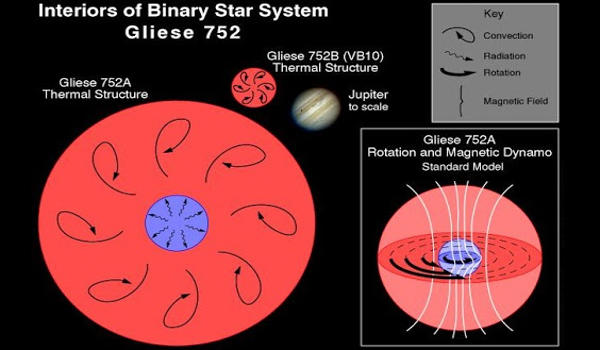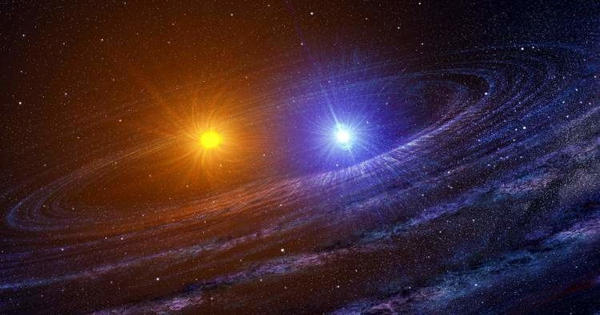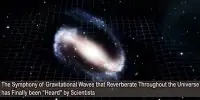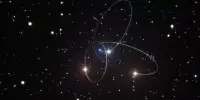Luyten 726-8 (also known as UV Ceti or Gliese 65) is a binary star which is one of Earth’s nearest neighbours. It is a double of red dwarfs. It is about 8.7 light years from Earth in the constellation Cetus. One of the pair, UV Ceti, was the archetype for the class of flare stars. The fainter of them, UV Ceti, is a flare star with heavy eruptions, which can increase its luminosity five times within a minute. It is the prototype Flare Star.
The star system was discovered in 1948 by W.J Luyten in the course of compiling a catalogue of stars of high proper motion; he noted its exceptionally high proper motion of 3.37 arc seconds annually and catalogued it as Luyten 726-8.
Luyten 726-8 is the sixth closest star system to our Sun, and a binary star system. Located in the constellation Cetus, it is only 8.7 light years away.
Binary star Luyten 726-8 is located 8.9 light years away from the Sun. The two stars are of nearly equal brightness, with apparent magnitudes of 12.57 and 11.99 as seen from Earth. It is a star system with 2 stars, from which the bigger one has 10 % of solar mass. They orbit one another every 26.5 years. The distance between the two stars varies from 2.1 to 8.8 AU. Its own nearest neighbour is Tau Ceti, 0.88 pc (2.87 ly) away from it. For now, there are no known exoplanets in this system.
Both the stars are variables. The most spectacular is Luyten 726-8B, which was given the variable star designation UV Ceti (the other star is also known as BL Ceti). Component B is an extreme example of a flare star that can surge in brightness by a factor of five in less than a minute, then fall somewhat slower back down to normal luminosity within two or three minutes before flaring suddenly again after several hours.

Although UV Ceti was not the first flare star discovered, it is the most prominent example of such a star, and similar flare stars are now known as UV Ceti type variable stars. In 1952, Luyten 726-8 B, better known by its variable-star name UV Ceti, was observed flaring to 75 times its normal brightness in only 20 sec. This star goes through fairly extreme changes of brightness: for instance, in 1952, its brightness increased by 75 times in only 20 seconds. It is the prototype of the class known as UV Ceti stars. UV Ceti is a red dwarf of spectral type M6.0e.
In approximately 31,500 years, Luyten 726-8 will have a close encounter with Epsilon Eridani at the minimal distance of about 0.93 ly.
The two stars of the Luyten 726-8 system have a highly eccentric orbit that brings them as close as 2.1 AU and as far as 8.8 AU in their 26.5-year orbit of each other. Luyten 726-8 can penetrate a conjectured Oort cloud about Epsilon Eridani, which may gravitationally perturb some long-period comets. The orbit is also highly elliptical, with an inclination of 127.3° degrees. The duration of mutual transit of two star systems within 1 ly from each other is about 4,600 years.
Information Source:
















